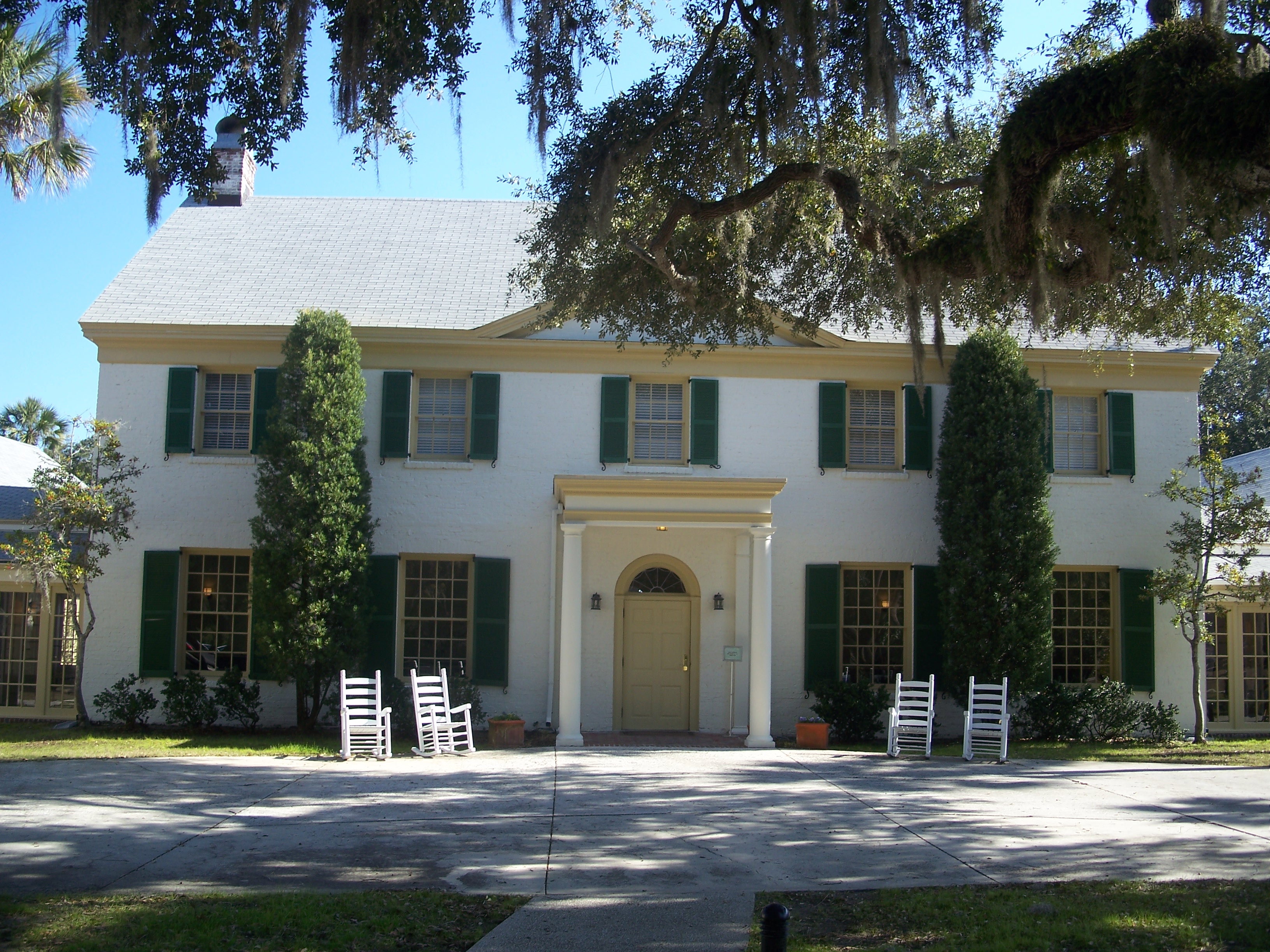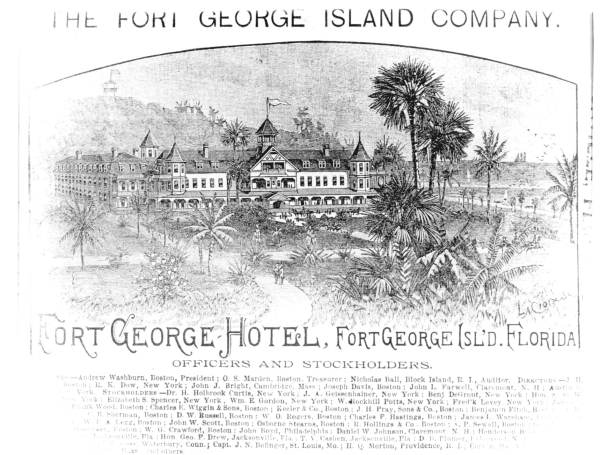Fort George Island Cultural State Park on:
[Wikipedia]
[Google]
[Amazon]
''For the island in James Bay, Canada, see 
 Fort George Island State Cultural Site is a
Fort George Island State Cultural Site is a
Fort George Island Cultural State Park
a
Florida State Parks
a
U.S. Department of State International Information Programs
a
On A1A
{{authority control State parks of Florida Parks in Duval County, Florida Protected areas established in 1989 Florida Native American Heritage Trail Northside, Jacksonville 1989 establishments in Florida Slave cabins and quarters in the United States Timucuan Ecological and Historic Preserve
Chisasibi
Chisasibi ( cr, ᒋᓵᓰᐲ, translit=Cisâsîpî; meaning Great River) is a village on the eastern shore of James Bay, in the Eeyou Istchee equivalent territory (ET) in northern Quebec, Canada. It is situated on the south shore of La Grande ...
.''

 Fort George Island State Cultural Site is a
Fort George Island State Cultural Site is a Florida State Park
There are 175 state parks and 9 state trails in the U.S. state of Florida which encompass more than , providing recreational opportunities for both residents and tourists.
Almost half of the state parks have an associated local 501(c)(3) non-pr ...
located on Fort George Island, about three miles (5 km) south of Little Talbot Island State Park
Little Talbot Island State Park is a Florida State Park located on Little Talbot Island, northeast of Jacksonville on State Road A1A. The park covers the entire island. Big Talbot Island State Park lies to the immediate north. The park conta ...
on SR A1A. It is home to the Ribault Inn Club
The Ribault Club is an historic building on Fort George Island near Jacksonville, Florida. It is now home to the Fort George Island Visitor Center. The building was designed in a Colonial Revival architecture style and is credited to Maurice Fat ...
, constructed in 1928 as a winter resort and now used as a visitor's center. The Timucuan Ecological and Historic Preserve
The Timucuan Ecological and Historic Preserve is a U.S. National Preserve in Jacksonville, Florida. It comprises of wetlands, waterways, and other habitats in northeastern Duval County. Managed by the National Park Service in cooperation with ...
, in Jacksonville
Jacksonville is a city located on the Atlantic coast of northeast Florida, the most populous city proper in the state and is the List of United States cities by area, largest city by area in the contiguous United States as of 2020. It is the co ...
, Florida
Florida is a state located in the Southeastern region of the United States. Florida is bordered to the west by the Gulf of Mexico, to the northwest by Alabama, to the north by Georgia, to the east by the Bahamas and Atlantic Ocean, and ...
is nearby. Fort George has the highest point along the Atlantic coast south of Sandy Hook, New Jersey
Sandy Hook is a barrier spit in Middletown Township, Monmouth County, New Jersey, United States.
The barrier spit, approximately in length and varying from wide, is located at the north end of the Jersey Shore. It encloses the southern ...
, and contains Timucua
The Timucua were a Native American people who lived in Northeast and North Central Florida and southeast Georgia. They were the largest indigenous group in that area and consisted of about 35 chiefdoms, many leading thousands of people. The v ...
oyster shell mounds. The park is part of the Talbot Islands GEOpark complex.
The park contains features that represent distinct periods in history. During the early historical period Fort George Island was known as Alicamani. It was the location of the village of Alicamani, a major village of the Timucua
The Timucua were a Native American people who lived in Northeast and North Central Florida and southeast Georgia. They were the largest indigenous group in that area and consisted of about 35 chiefdoms, many leading thousands of people. The v ...
chiefdom known as the Saturiwa
The Saturiwa were a Timucua chiefdom centered on the mouth of the St. Johns River in what is now Jacksonville, Florida. They were the largest and best attested chiefdom of the Timucua subgroup known as the Mocama, who spoke the Mocama dialect ...
. Timucua influence is noted by the presence of middens, large mounds consisting of massive quantities of shells and discarded food byproducts. On Fort George Island, the shells were primarily oysters
Oyster is the common name for a number of different families of salt-water bivalve molluscs that live in marine or brackish habitats. In some species, the valves are highly calcified, and many are somewhat irregular in shape. Many, but not all ...
. The island was later home to the Spanish mission of '' San Juan del Puerto'', the primary mission to the Saturiwa.
Under British rule in 1765, colonists developed a plantation
A plantation is an agricultural estate, generally centered on a plantation house, meant for farming that specializes in cash crops, usually mainly planted with a single crop, with perhaps ancillary areas for vegetables for eating and so on. Th ...
on the island. It is now known as Kingsley Plantation
Kingsley Plantation (also known as the Zephaniah Kingsley Plantation Home and Buildings) is the site of a former estate in Jacksonville, Florida, that was named for its developer and most famous owner, Zephaniah Kingsley, who spent 25 years there. ...
, after Zephaniah Kingsley
Zephaniah Kingsley Jr. (December 4, 1765 – September 14, 1843) was a Quaker, born in England, who moved as a child with his family to South Carolina, and became a planter, slave trader, and merchant. He built four plantations in the Spanish co ...
, who held it for 25 years. The main house, kitchen and numerous slave quarters have survived.
Between the Civil War
A civil war or intrastate war is a war between organized groups within the same state (or country).
The aim of one side may be to take control of the country or a region, to achieve independence for a region, or to change government polici ...
and 1898 the island was an international resort, with large hotels and winter homes. It was also a citrus fruit center. But the freeze of 1895 wiped out the oranges, a yellow fever epidemic in 1897 drove away the tourists, and the largest hotel burned in 1898.
Activities include off-road bicycling, hiking, boating, canoeing, kayaking, and fishing. Amenities include a -long loop bicycle trail, boat ramp, a hiking/biking trail, and a beach. The park is open from 8:00 am until sundown year-round.
Video
*See also
*Kingsley Plantation
Kingsley Plantation (also known as the Zephaniah Kingsley Plantation Home and Buildings) is the site of a former estate in Jacksonville, Florida, that was named for its developer and most famous owner, Zephaniah Kingsley, who spent 25 years there. ...
* Timucua
The Timucua were a Native American people who lived in Northeast and North Central Florida and southeast Georgia. They were the largest indigenous group in that area and consisted of about 35 chiefdoms, many leading thousands of people. The v ...
References
External links
Fort George Island Cultural State Park
a
Florida State Parks
a
U.S. Department of State International Information Programs
a
On A1A
{{authority control State parks of Florida Parks in Duval County, Florida Protected areas established in 1989 Florida Native American Heritage Trail Northside, Jacksonville 1989 establishments in Florida Slave cabins and quarters in the United States Timucuan Ecological and Historic Preserve